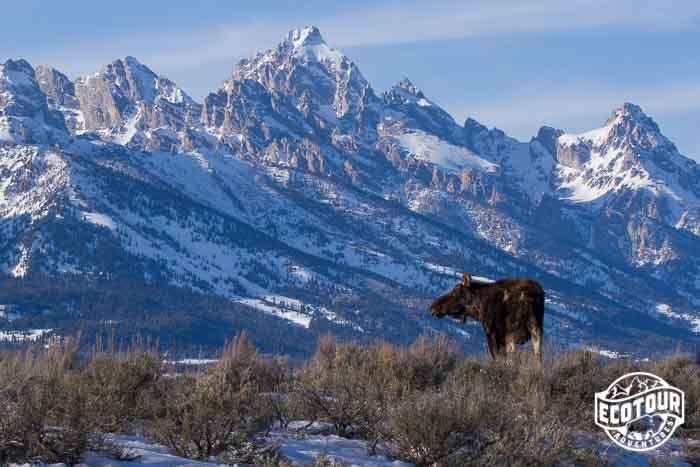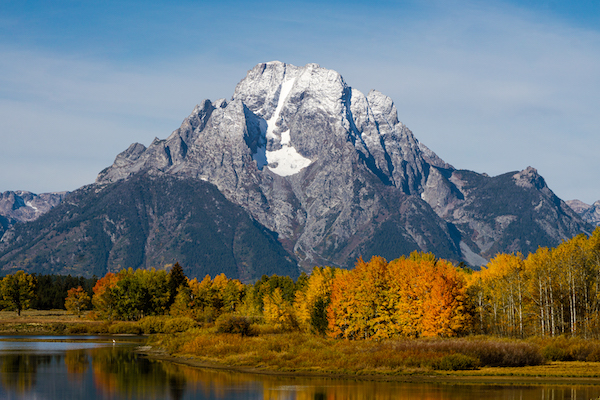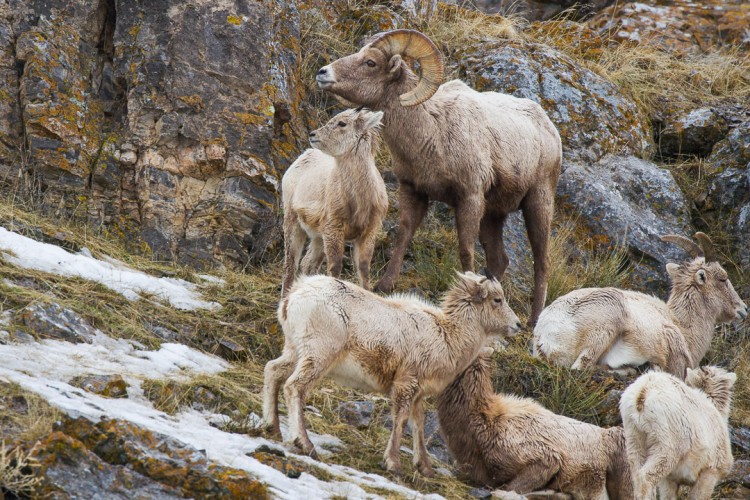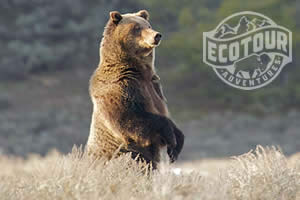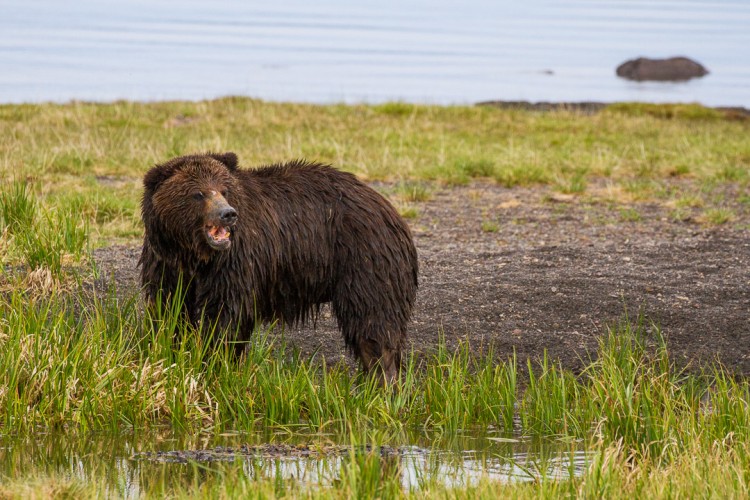
A grizzly fishes for Yellowstone cutthroat trout in a tributary of Yellowstone Lake last spring. Photo: Josh Metten
Spring in Jackson Hole means many things. The return of the vibrant mountain bluebird from its winter refuge in the southern U.S. and Central America. The last days of spring skiing at Jackson Hole Mountain Resort. But none of this can match the first sighting of our largest carnivore, Ursus arctos horribilis, the Grizzly. Grizzlies are awake in Yellowstone National Park and will soon be roaming beneath the Teton Range. Bears are easily the most commonly requested animal to view on our tours and once they emerge from winter hibernation we excitedly search for them on our National Park Wildlife Tours.
Historically widespread across the United States with numbers estimated at 50,000, conflict with homesteaders and early explorers eliminated bears from 98% of their historical range. Today, grizzlies have successfully reestablished populations throughout the Greater Yellowstone Ecosystem, but population densities are low with bears requiring a home range of between 148 (female) and 320 (male) square miles. With bears this much on the move, observing one in the wild is truly a special treat.
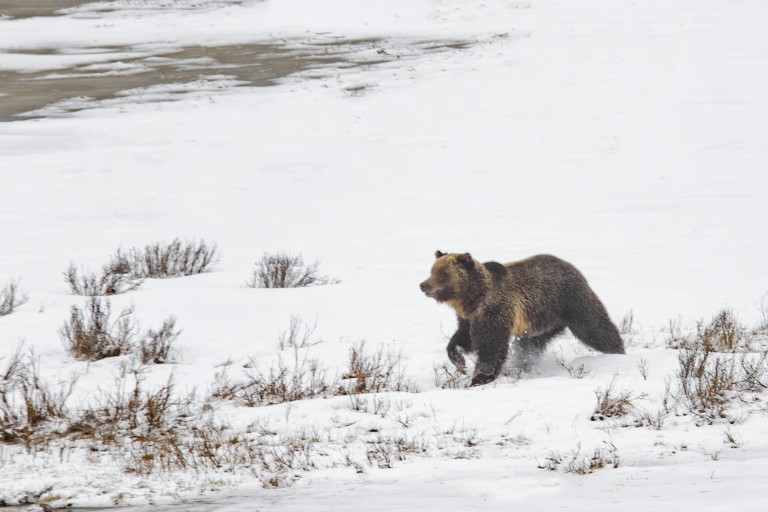
Adapt, Hibernate, or Migrate
Animals in the Greater Yellowstone Ecosystem use these three strategies to survive our long winter months. While animals like elk move into the valley floors to subsist on leftover grasses and potentially feed on the National Elk Refuge, bears build up a massive reserve of fat in the fall before heading into dens in early winter. Once there they will not eat, drink, defecate, or urinate for up to 7 months. A marvel of adaptation, their heart rate slips from around 40-50 beats per minute down to 10 and body temperature drops 10 degrees. This decreases the need to metabolize fat and healthy males will lose only 25% of their fall weight. Lactating females, supporting growing cubs for up to three months before emerging will lose more, around 35-40%.
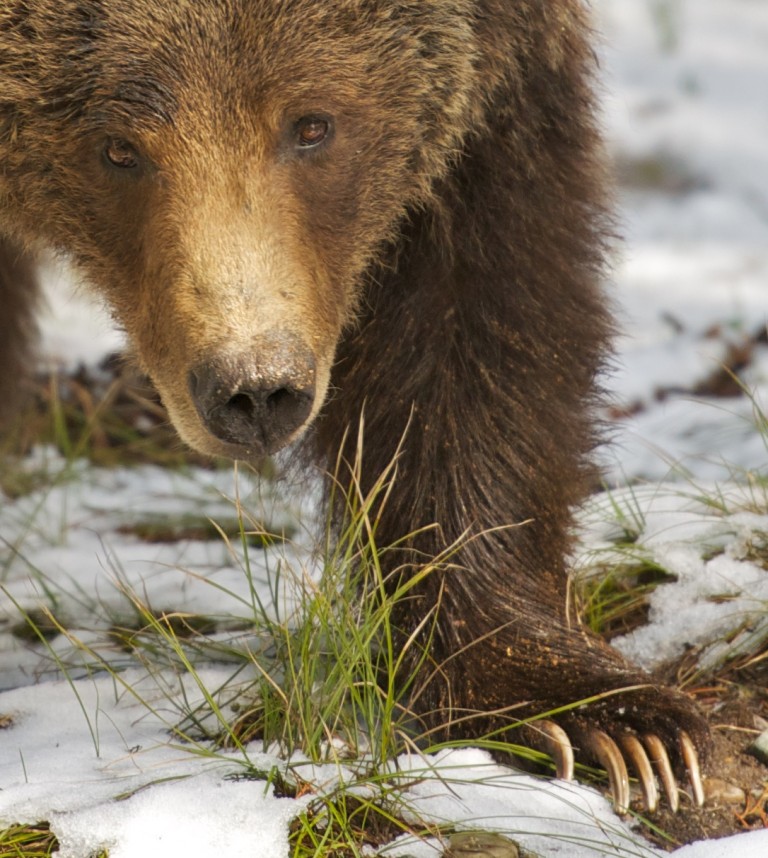
Spring Foraging
Bears readily arise from hibernation but will be lethargic for up to 14 days after emergence. Each day however, their appetite grows as they work to rebuild fat reserves lost over the winter. The long claws of grizzly bears, easily visible in spring due to weight lost over the winter, are used to dig up roots, small mammals, and uncover winter killed ungulates. Elk, moose and other animals weakened from the long winter are susceptible to predation, providing a valuable food source for bears. Their sensitive noses lead them to kills made by cougars and wolves (see video below!), which the bears claim as their own by burying the carcass and sometimes even sleeping on it in between bouts of eating. In more temperate climates, bears spend more time grazing and foraging for plants but here beneath the Tetons up to 95% of their diet comes from other animals. Spawning cutthroat trout historically provided a high calorie food source but have been dramatically depleted by the illegal introduction of Lake Trout in Yellowstone Lake and other bodies of water around the Greater Yellowstone. Bears cannot capture lake trout and subsequently now target elk, bison, and moose calves with higher frequency in late May.
Check out this video from our friends at the Panthera Puma Program showing a grizzly sow and two cubs at a cougar kill site! Several of our past and present guides work for this great organization.
Cubs
Perhaps the most surprising adaptation bears use to prepare for hibernation is how they reproduce. Bears mate in midsummer when food is plentiful and there is still plenty of time to build fat reserves. But then something strange happens. The fertilized egg stops developing, doesn’t implant into the uterus, and waits. Over the next several months the female eats and gains an impressive amount of weight. At the height of fall, bears enter a state of hyperphagia or over eating where they can consume upwards of 20,000 calories per day. When a pregnant female begins hibernation, if she has consumed enough calories, the egg will implant and begin a 6-8 week development period, at the end of which 1-3 cubs, blind and helpless, will be born. Delayed implantation, as it is called, allows bears to focus on feeding during the fall and emerge from dens with cubs right as the spring bounty of food is peaking. Ecotour Adventure vehicles are ideal for safe bear viewing with our large windows and safari style roof hatches.
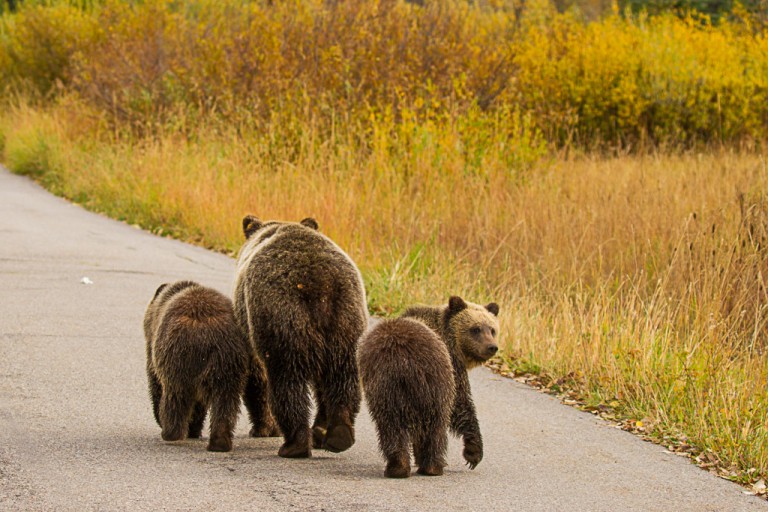
Future of Grizzly Bears
Here in Jackson Hole, another summer is fast approaching for our grizzlies. Cubs will be emerging with their mothers beginning in May and we can't wait! A conservation success story, the U.S. Fish and Wildlife service recently recommended the delisting of our largest carnivore from the Endangered Species list. In coming months we will learn more about how the management of this charismatic species will change as state Game and Fish Agencies take over management. Key to their continued survival is reducing conflict, you can learn more about safety in grizzly bear country here! The Park Service is currently encouraging visitors to carry bear spray, travel in groups, and be alert as bears emerging from hibernation are seeking out winter killed carcasses and may act aggressively near food sources.
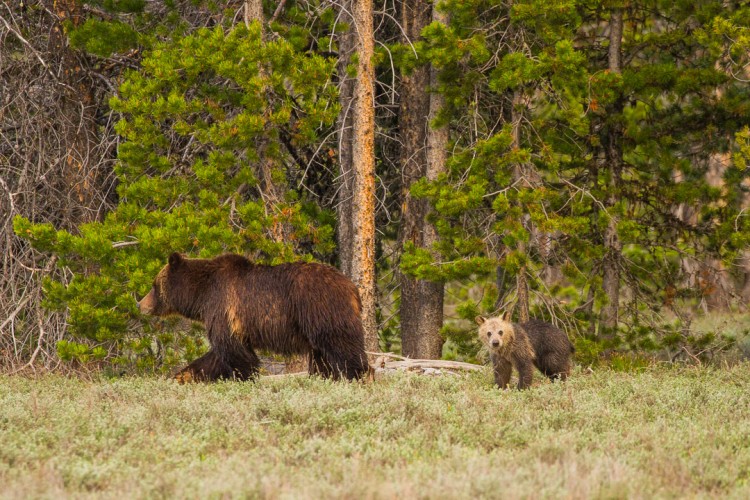
Several of Grand Teton National Park's regularly seen bears may be emerging with new cubs this year. Could summer 2017 be a baby bear bonanza? Come visit to find out! Photo: Josh Metten
Josh Metten has spent his entire life exploring and living in the Rocky Mountains of Colorado and Wyoming. He is an Ecotour Adventures Naturalist, photographer, conservationist, and outdoor enthusiast. Josh lives in Jackson, WY.
Eco Tour Adventures was created with the idea of helping people connect with the natural world through wildlife observation and natural history interpretation. We believe that when one is more familiar with the intricate workings of the ecosystem, he or she has a deeper appreciation and connection with their environment. Join us on an adventure today!


